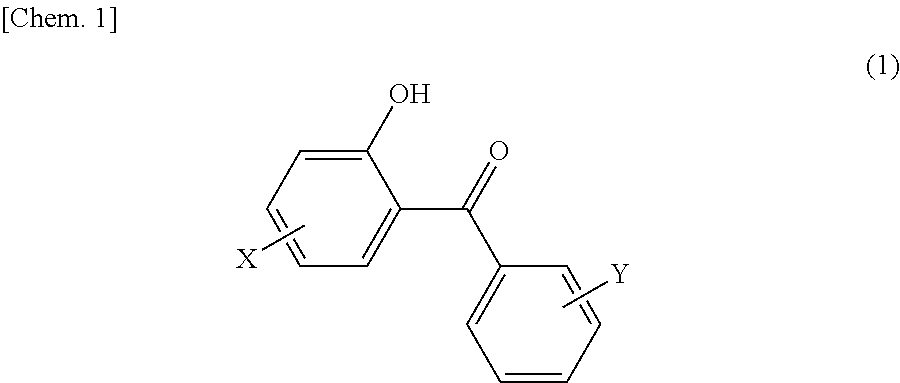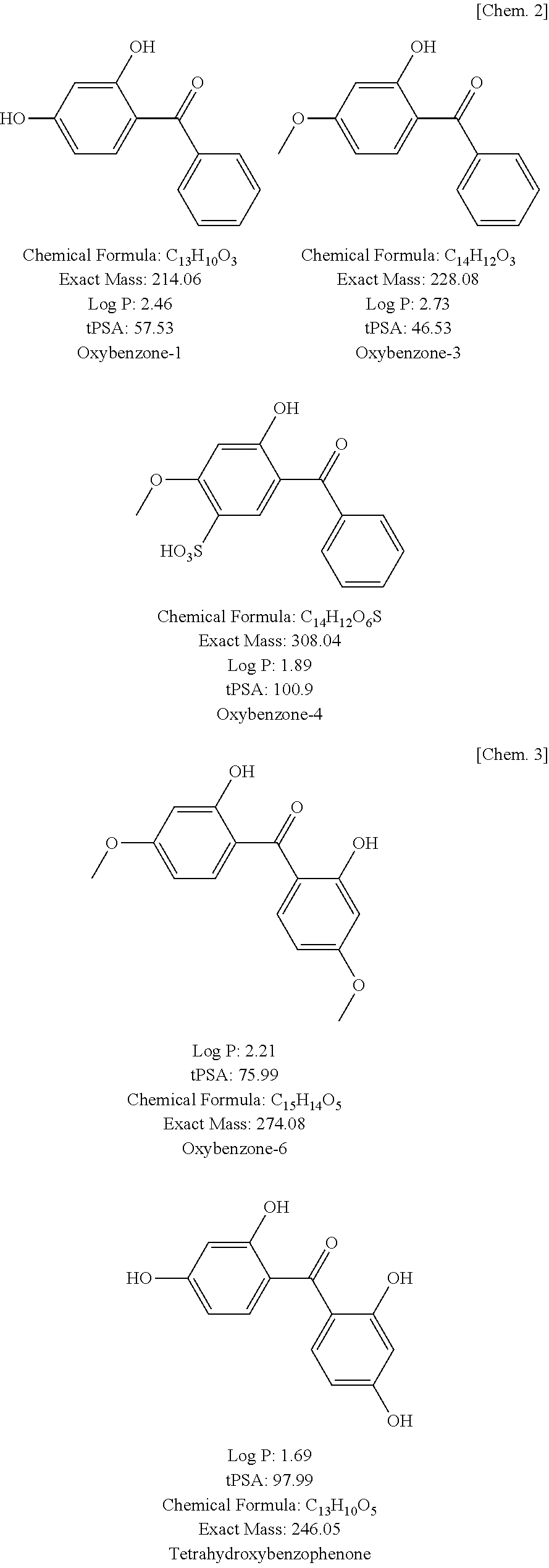Hair dye
a hair dye and non-oxidative technology, applied in the direction of dyeing process, hair cosmetics, organic chemistry, etc., can solve the problems of long hair dyeing time, insufficient and conventional hair dyes have also been problematic in terms of color fading, so as to prevent photofading, short hair dyeing time, and good hair dyeing properties and color tone
- Summary
- Abstract
- Description
- Claims
- Application Information
AI Technical Summary
Benefits of technology
Problems solved by technology
Method used
Image
Examples
examples
Hair Dyeing Effects:
[0043]Hair dye compositions having the compositions shown in Tables 1 to 4 were produced by an ordinary method. The numerical value of each compound shown in the tables indicates % by weight based on the total weights of the first agent and the second agent. These compositions were evaluated in terms of hair dyeing property by the following method. The results are shown in Tables 1 to 4. The amounts of sodium hydroxide and hydrochloric acid are amounts necessary for adjusting the pH to the values shown in the tables.
Hair Dyeing Method:
[0044]2 g of the first agent was applied to 1 g of a white human hair bundle (100% white; part number: BM-W; manufactured by Beaulax) having a length of approximately 10 cm, and it was then spread thereon uniformly. Then, it was left for the indicated period of time. Thereafter, 2 g of the second agent was applied thereto and was then spread thereon uniformly, followed by leaving it for the indicated period of time. Thereafter, the ...
PUM
| Property | Measurement | Unit |
|---|---|---|
| Percent by mass | aaaaa | aaaaa |
| Percent by mass | aaaaa | aaaaa |
| Color | aaaaa | aaaaa |
Abstract
Description
Claims
Application Information
 Login to View More
Login to View More - R&D
- Intellectual Property
- Life Sciences
- Materials
- Tech Scout
- Unparalleled Data Quality
- Higher Quality Content
- 60% Fewer Hallucinations
Browse by: Latest US Patents, China's latest patents, Technical Efficacy Thesaurus, Application Domain, Technology Topic, Popular Technical Reports.
© 2025 PatSnap. All rights reserved.Legal|Privacy policy|Modern Slavery Act Transparency Statement|Sitemap|About US| Contact US: help@patsnap.com



